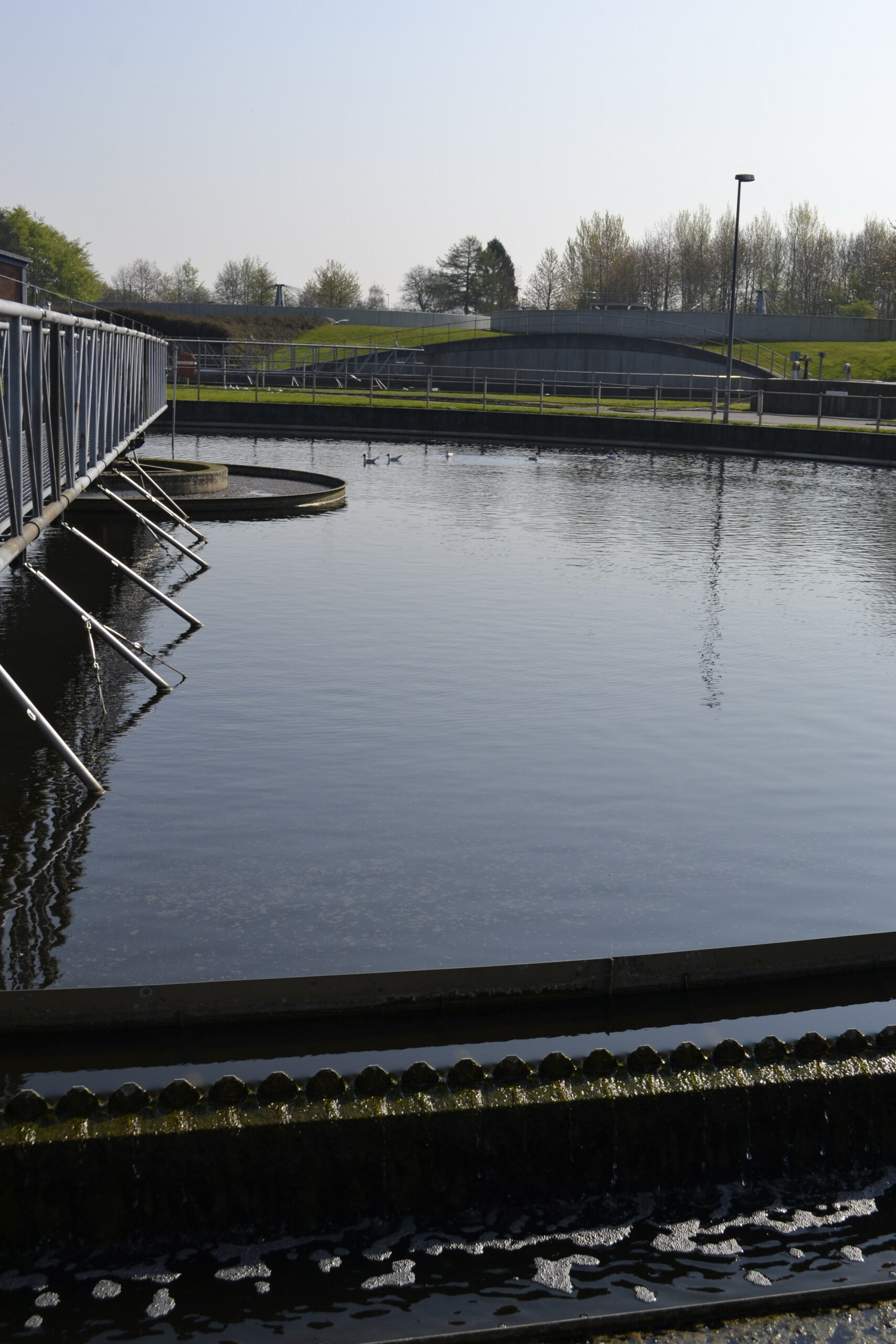News
Green financing
Air pollution
Air pollution from industry production
+99
New Danish models assess the economic and fiscal impacts of climate policies


Denmark has been a frontrunner in implementing green budgeting practices. Drawing on this experience, Denmark is now taking one step further by launching Denmark’s green GDP and GreenREFORM, an analytical tool that allows for an integrated and consistent assessment of the environmental and climate effects of economic policies from 2015 to 2100.
The models, developed by a group of researchers from the University of Copenhagen, in collaboration with researchers from Aarhus University, DREAM and Statistics Denmark, seek to give the forests, the atmosphere, and endangered species a clearer voice in the Danish economy.
Further looking at how much Danes would pay for clean air, how much the emission of one ton of CO2 should cost, and how to price water pollution, the models allow for rigorous evaluations of different climate policies to inform the policy target of reducing greenhouse gas emissions by 70% in 2030.
Green GDP
Traditionally, GDP has been criticized for not considering the environmental and climate effects of society’s production and consumption. Denmark’s new green GDP does exactly that.
The green GDP values, amongst others, loss of biodiversity, emission of greenhouse gases and pollution of the air and water environment. The green GDP can therefore help citizens and politicians assess whether the economic growth has occurred at the expense of the climate and the environment.
“The green GDP makes it possible to value the environmental and natural assets. In the first step, we calculate physical measures of how much we have depleted of various natural resources and how much we have emitted of various pollutants. That in itself is valuable information. In the next step, we then calculate the costs or gains in monetary terms,” says Peter Birch Sørensen, professor of economics at the University of Copenhagen, who has been at the forefront of developing the models.
“This gives us an overall picture of the damage to the environment. The problem with focusing solely on the physical targets for the environmental impact is that many different dimensions and aspects of environmental development can point in different directions. But when we value them in monetary terms, we get an overall picture of which way things are going.”
GreenREFORM model
While the green GDP analyses the economic activity that has taken place in society, the GreenREFORM model looks ahead.
The GreenREFORM is a new environmental and climate economic simulation model for the Danish economy, containing a detailed description of the sectors that have particular importance for the environment and climate, such as the energy sector, agriculture, transportation, and the waste treatment sector.
The simulation model can be used to assess how a political initiative or reform will affect the emission of air pollutants or greenhouse gases. It can therefore illustrate the environmental and climate consequences of various political initiatives.
At the same time, the model can be used to calculate what is needed to achieve the politically determined environmental and climate goals. If we are far from reaching them, the model can tell how much is needed to get back on track. And then the model can help politicians assess the effect of various environmental and climate initiatives – and thus help politicians prioritize the initiatives appropriately.
The GreenREFORM model is the largest of its kind in the world and has attracted interest worldwide. Denmark’s Ministry of Finance has presented the model to the U.S. Biden administration, and the OECD has highlighted the model to other countries. The GreenREFORM model group in DREAM, which is today the primary driving force in the final development of the model, is in contact with several countries that are interested in introducing a similar model.
Denmark’s Ministry of Finance and several other ministries and institutions are expected to adopt the model during 2023. Both projects have drawn on data from Statistics Denmark’s green national accounts and have simultaneously led to the development of new data sets that can be used to shed light on the environmental and climate impacts of economic activity.
The KR Foundation and the Carlsberg Foundation have supported the projects.
You should consider reading
Perspective
Resource recovery from wastewater
+1















